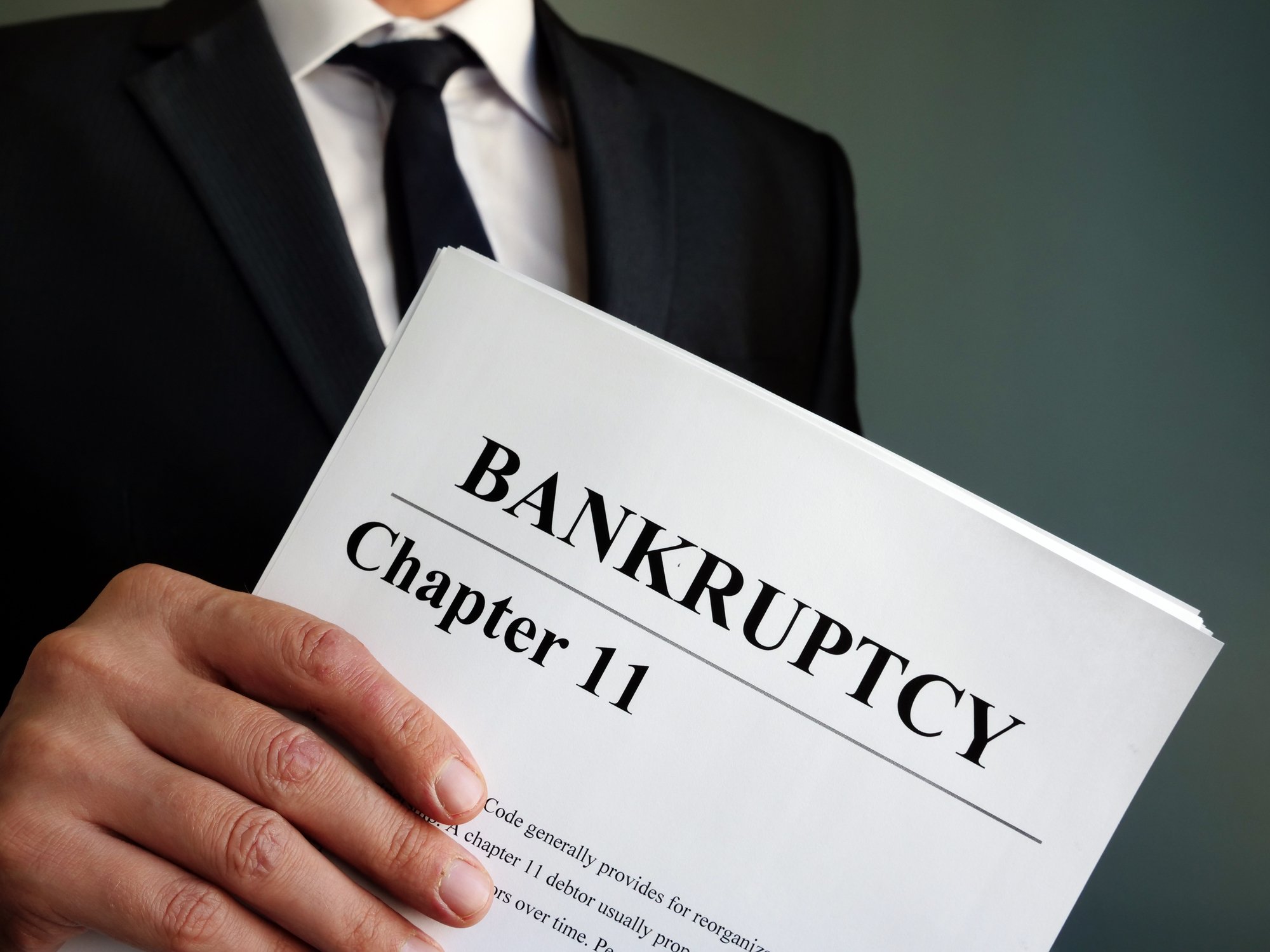A few months ago, second lien exchanges were all the rage among beleaguered oil and gas companies. That's after debt-laden producers California Resources (CRC +0.00%) and EXCO Resources (NYSE: XCO) were able to get huge swaths of their debt basically forgiven by lenders in exchange for moving them up the capital structure after exchanging legacy unsecured notes for new secured second lien notes.
Those exchanges, however, quickly went out of fashion after oil prices kept plunging, causing credit to further tighten in the sector, leaving exchange hopefuls like Chesapeake Energy (CHK +0.00%) and Denbury Resources (DNR +0.00%) out in the cold. This time, though, Chesapeake Energy is hoping not to be denied in its attempt to address its debt by moving its creditors up the capital structure, with the company reportedly considering a 1.5 lien debt exchange with its creditors in order to address some looming bond maturities.

Image source: Lending Memo.
Cutting in line
Basically, 1.5 lien notes are those that would be wedged in between first and second lien notes in the capital structure, putting them ahead of the second lien noteholders should the company ever go bankrupt. That makes it a bit more attractive to the company's remaining unsecured note holders because they could jump ahead of the second lien holders, who just jumped ahead of them when the company completed a second lien exchange a few months ago.
That initial exchange offer, however, was poorly received by the company's creditors. That's because while it had placed a priority on exchanging second lien notes with unsecured notes that were maturing in 2016 to 2018, most of those noteholders didn't agree to the exchange. In fact, it was only able to successfully exchange $383.5 million of the $1.7 billion it sought to exchange from its nearest maturity notes. Instead, those creditors wanted to be repaid in full when the notes matured as opposed to taking on a different tranche of Chesapeake Energy debt. Now, the company is hoping to tempt the holders of its 2017 and 2018 debt with 1.5 lien notes after those bond prices have dropped in value amid concerns that the company might be closer to bankruptcy than initially thought. In fact, the 2017 notes are trading for just $0.70 on the dollar while the 2018 notes are selling for around $0.50 on the dollar, which is a far cry from the $0.97 and $0.825 on the dollar that the company offered in its second lien exchange just last December.
A shave and a haircut
Other bond investors have been very willing to shave off some of the principal they're owed in exchange for moving up the capital structure. California Resources, for example, was able to swap $2.81 billion of its debt at $0.80 on the dollar last December resulting in a $563 million net reduction in its debt. Further, California Resources' new notes came with an 8% coupon rate, which was much higher than the 5% to 6% rate it had been paying on the bonds that were exchanged. In fact, the company is actually paying $21 million in additional annual interest as part of this exchange, with that additional interest adding to the exchange's appeal to bond investors.
Meanwhile, EXCO Resources was able to get its creditors to agree to a much larger haircut of between 51% and 43% on some of its second lien exchanges last year. That enabled EXCO Resources to make meaningful progress on improving its balance sheet, with the company's November exchanges reducing total debt by 27% and reducing its nearest maturity by 73% essentially buying itself an extra year by extending its weighted average debt maturity from 3.6 years to 4.8 years.
That ability to either push back maturities or meaningfully reduce net debt is what both Chesapeake Energy and Denbury Resources had been seeking in their initial second lien exchanges. Denbury Resources, however, had to terminate its exchange offer after bondholders didn't like the terms. Their biggest complaint was that the company was asking them to take a big haircut of $0.65 on the dollar, but they could be forced to take another big haircut in the future should the company go bankrupt.
That's where 1.5 lien notes come into play and could be an appealing alternative for creditors because they are higher up in the capital structure than second lien notes. At least, that would be Chesapeake Energy's hope should it move forward with an offer because it could then push back the looming maturities that are weighing on the company right now.
Investor takeaway
Chesapeake Energy received a cool reception to its second lien offer last year. However, with conditions worsening, it is hoping that creditors will warm up to the idea of a 1.5 lien exchange, now that the value of their bonds have plunged. It certainly can't hurt, especially if the company can reduce a meaningful amount of its debt while also pushing back its debt maturities to give it much more financial breathing room.






